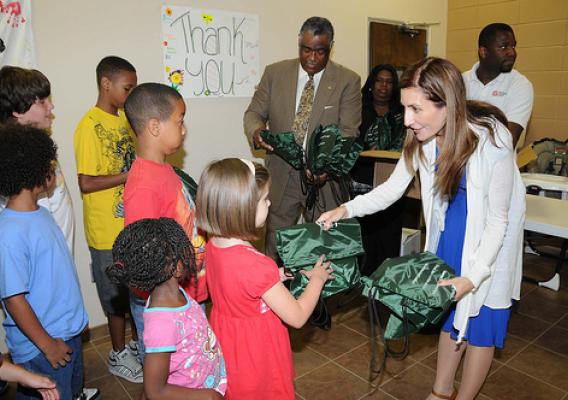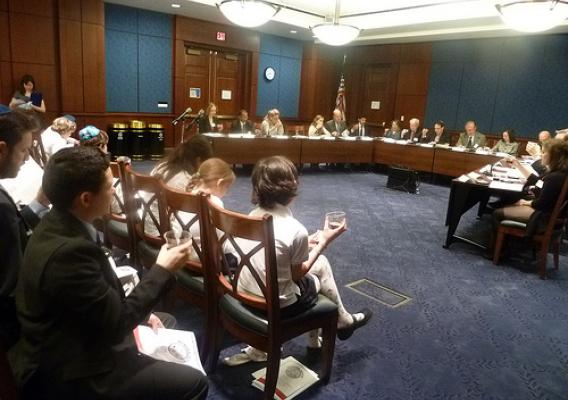On June 9th, the USDA Food and Nutrition Service kicked off the Summer Food Service Program (SFSP) -- “Food That’s In When School Is Out”, in Atlanta by visiting the Marietta Community Center in Marietta, Georgia as part of USDA’s first ever National SFSP Celebration Week. The Center provided free meals and a nutrition class on the new USDA MyPlate to 50 wonderful children, as feeding kids during the summer can pose a challenge to some parents when school meals are no longer available.
Although the SFSP program is completely dedicate to helping kids during the summer, when they are most vulnerable to experiencing hunger because school is out, our participation rate on this program is only 17%, but USDA is doing everything it can to get more meals to children during the summer months. We need to be sure that every child who should be receiving a summer meal gets one because no child should ever be going hungry. Although our National School Lunch Program is serving more than 21 million children during the school year, we are only serving 3 million children through SFSP, so clearly there is still a long way to go in reaching all the children who are eligible for this program, and we need everyone’s help to pitch in.








